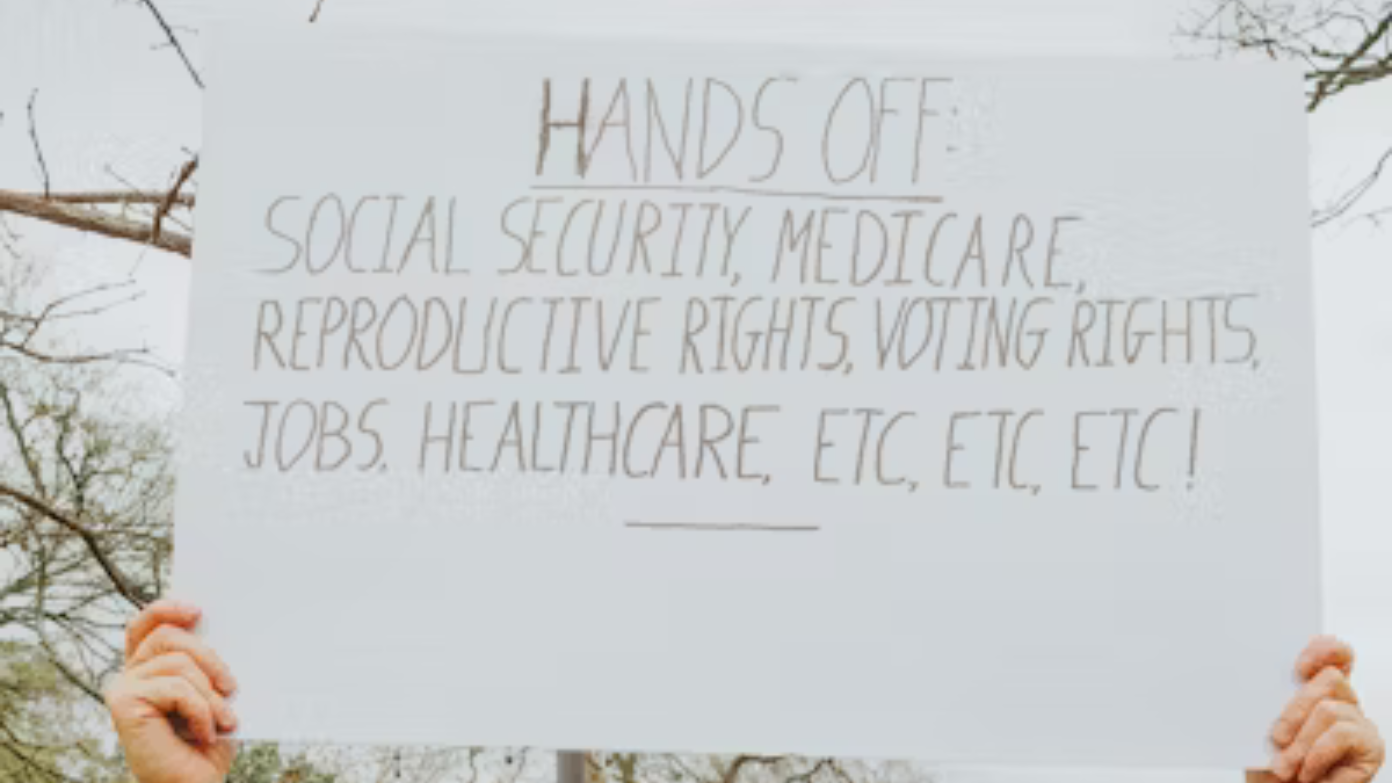Social Security recipients have been victims of a chilling new swindle: a letter appearing official that bears the U.S. Supreme Court seal and stamps of Chief Justice John Roberts’s and Justice Sonia Sotomayor’s fake signatures. Recipients are advised they’ll be criminally prosecuted, have their finances frozen, and their Social Security numbers suspended unless they comply immediately. From the Social Security Administration’s Office of the Inspector General, it is all made up in its entirety.
The scam revealed
The scam begins with a mailed “certificate” on bogus Supreme Court letterhead, personally addressed to the target. It deceptively declares that the individual is a suspect in criminal proceedings by legitimate agencies and officials, such as the Attorney General of New Mexico. The letter fraudulently claims that the recipient’s Social Security number has been stolen and threatens that the Supreme Court ordered financial institutions to freeze all assets, preventing balances above specified figures—like no more than $10,000 in a bank or $80,000–$100,000 in investments. It ominously warns that failure to safeguard assets will hold the recipient liable for any losses on SSN suspension.
How the scam works
They enhance plausibility by subsequently following up the letter with text and call messages. A sample of text message would be an alert that there is a call coming from a number that seems like a Social Security Administration number. The multi‐step approach—of sending the letter, a real‐looking text, and then a call—triumphs over recipients’ wariness and increases chances of them divulging personal information or transferring money.
On contacting the victims, scammers usually instruct them to click on links to fake SSA websites intended to gather login credentials. Others ask for credit or bank card information under the pretext of “securing” accounts while conducting the so-called investigation. In other cases, AI‐produced voice cloning and deep‐fake video messages have been used to impersonate government officials, further duping the targets.
Warning from the SSA Inspector General
Michelle L. Anderson, Acting Inspector General of the SSA’s Office of the Inspector General, emphasizes that “on every level, this letter is completely false”. The Supreme Court does not send out investigative letters to the public, Social Security numbers are not “suspended,” and the government does not freeze funds without due process. The Inspector General’s alert urges recipients to shred such letters and inform them immediately to the SSA’s fraud hotline or the Federal Trade Commission.
Who is most at risk
Anybody receiving Social Security benefits is a target, but scammers largely prey on seniors and the less sophisticated when it comes to modern schemes. Seniors may be more trusting of government‐looking documents and unwilling to question officials. Thieves exploit this trust and fear of prosecution to pressure victims into spur‐of‐the‐moment, emotionally based decisions, which at times result in debilitating financial losses in one day.
How to protect yourself
Carefulness and verified communication channels are critical in avoiding this scam. The recipients should pay attention to:
- No government agency will demand immediate payment, threaten to freeze an account, or direct you to transfer money to “safe” accounts by way of unsolicited letters, calls, or texts.
- Never reply to suspicious messages by clicking on links or calling numbers. Instead, access the official SSA website (https://www.ssa.gov) to review your account or to find contact information for reporting problems.
- Verify any unsolicited communication by calling the SSA’s listed customer service number or visiting a local Social Security office.
- Report fraudulent letters or calls to the SSA Office of the Inspector General or the Federal Trade Commission and, if possible, retain the letter for evidence.
Staying one step ahead
As scammers continually refine their techniques—adopting high‐quality forgeries, multi‐channel contact strategies, and sophisticated voice or video deep fakes—the SSA is ramping up public alerts and enhancing fraud detection technologies. Regularly checking the SSA Inspector General’s scam alerts page can provide timely updates on emerging threats and guidance for safe practices.
Social Security’s warning about the bogus Supreme Court letter is a stern reminder that official seals and signatures can be cleverly forged. Social Security recipients must be vigilant, examine all unsolicited legal notices, and only utilize official SSA communication channels. A moment of caution will prevent an eternity of financial hardship.

